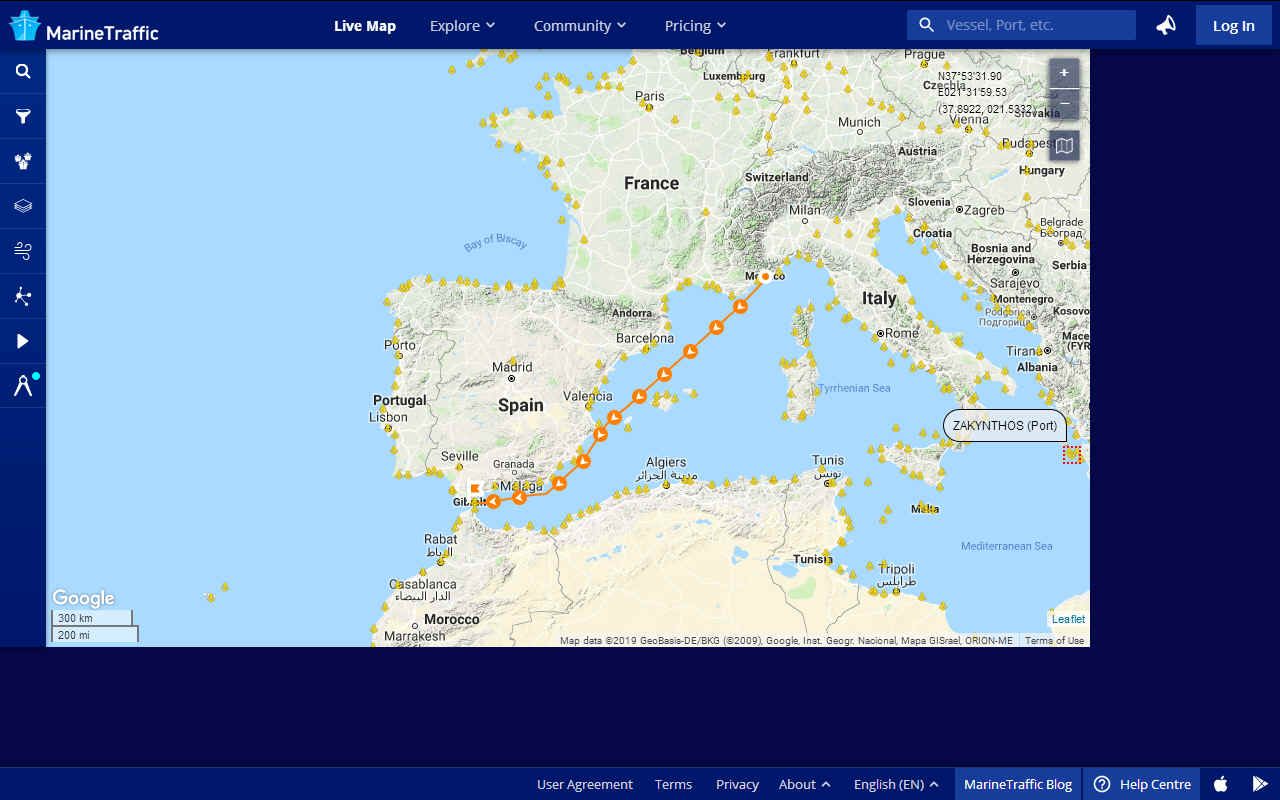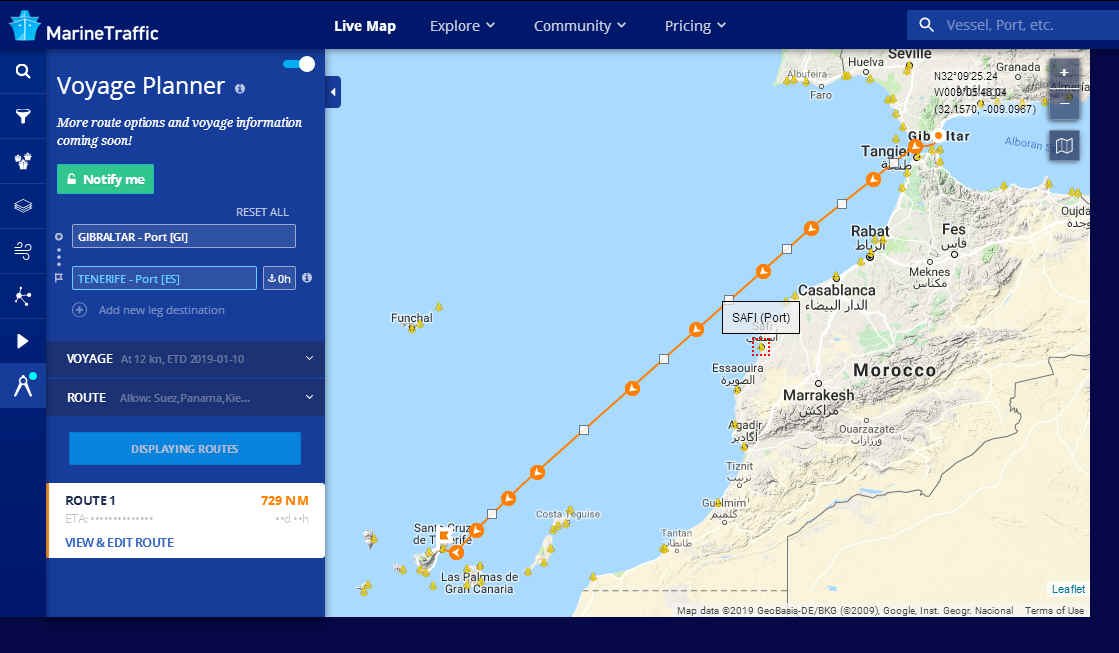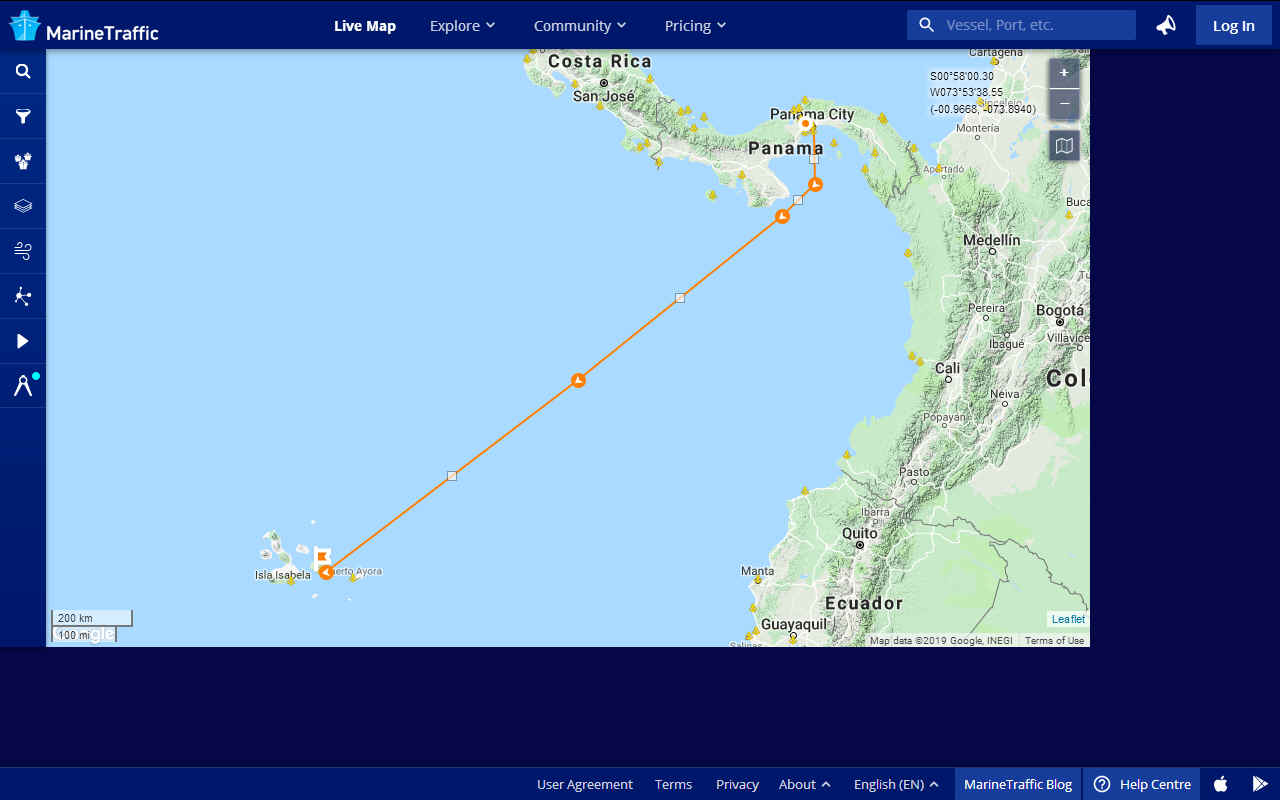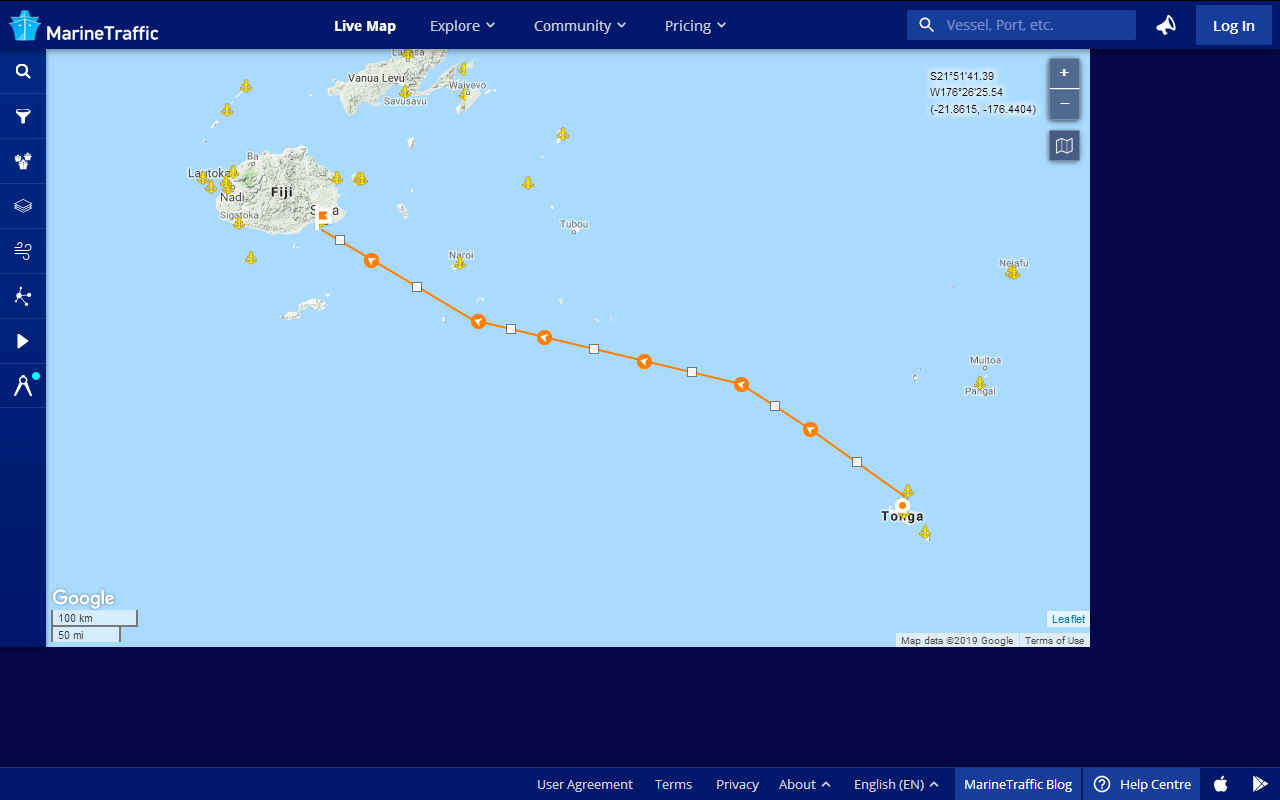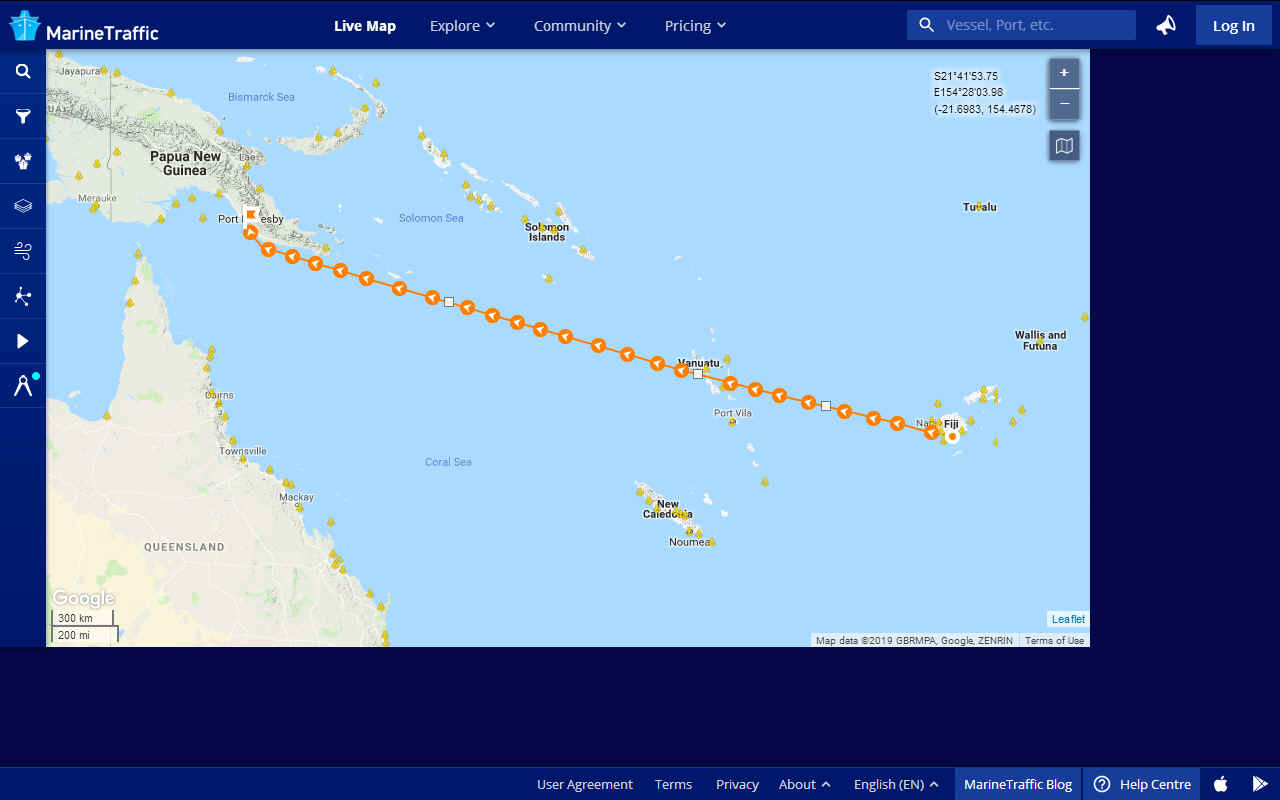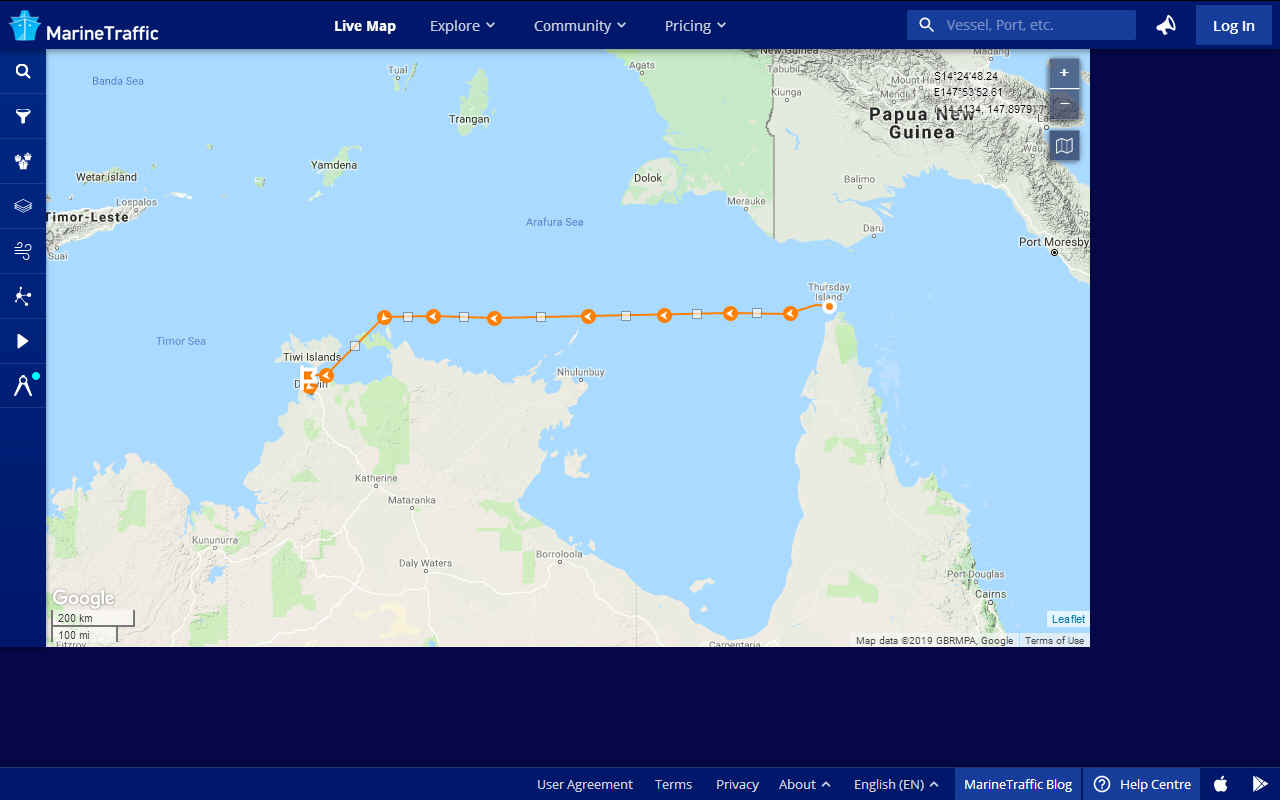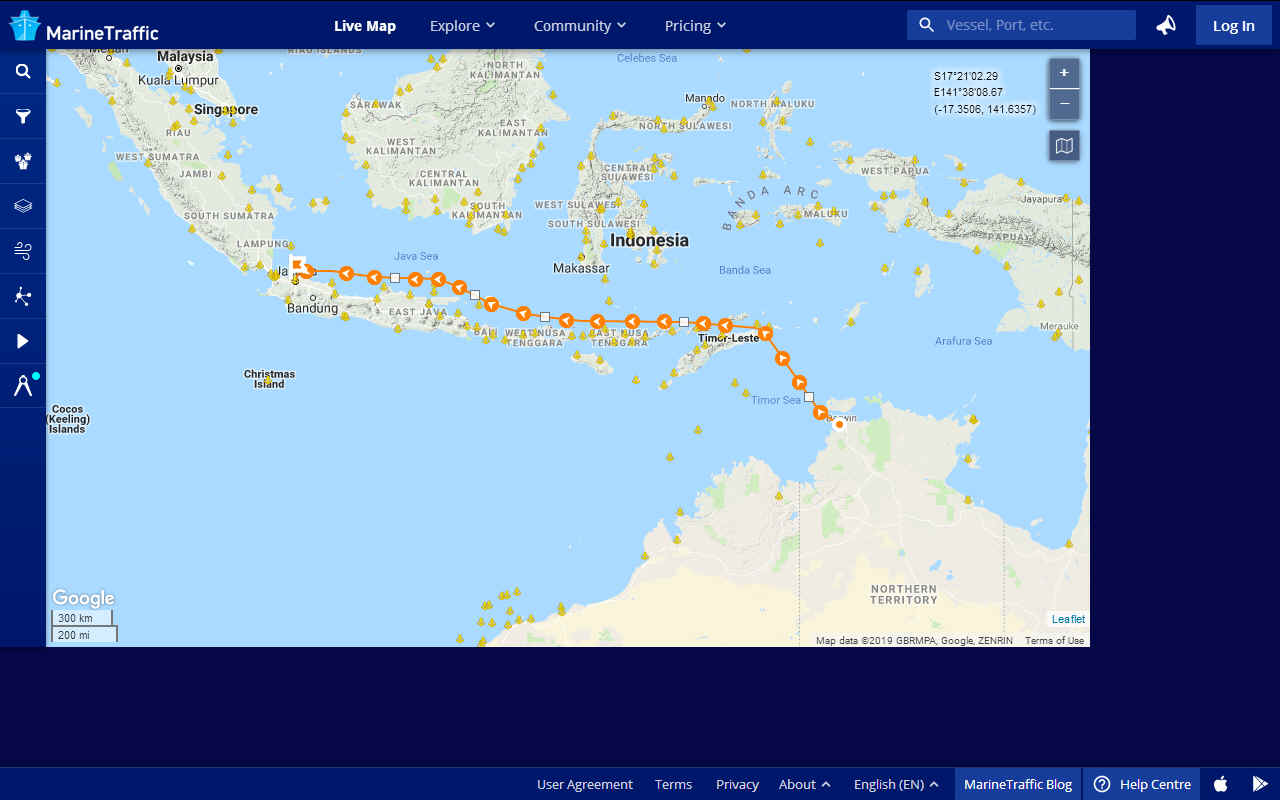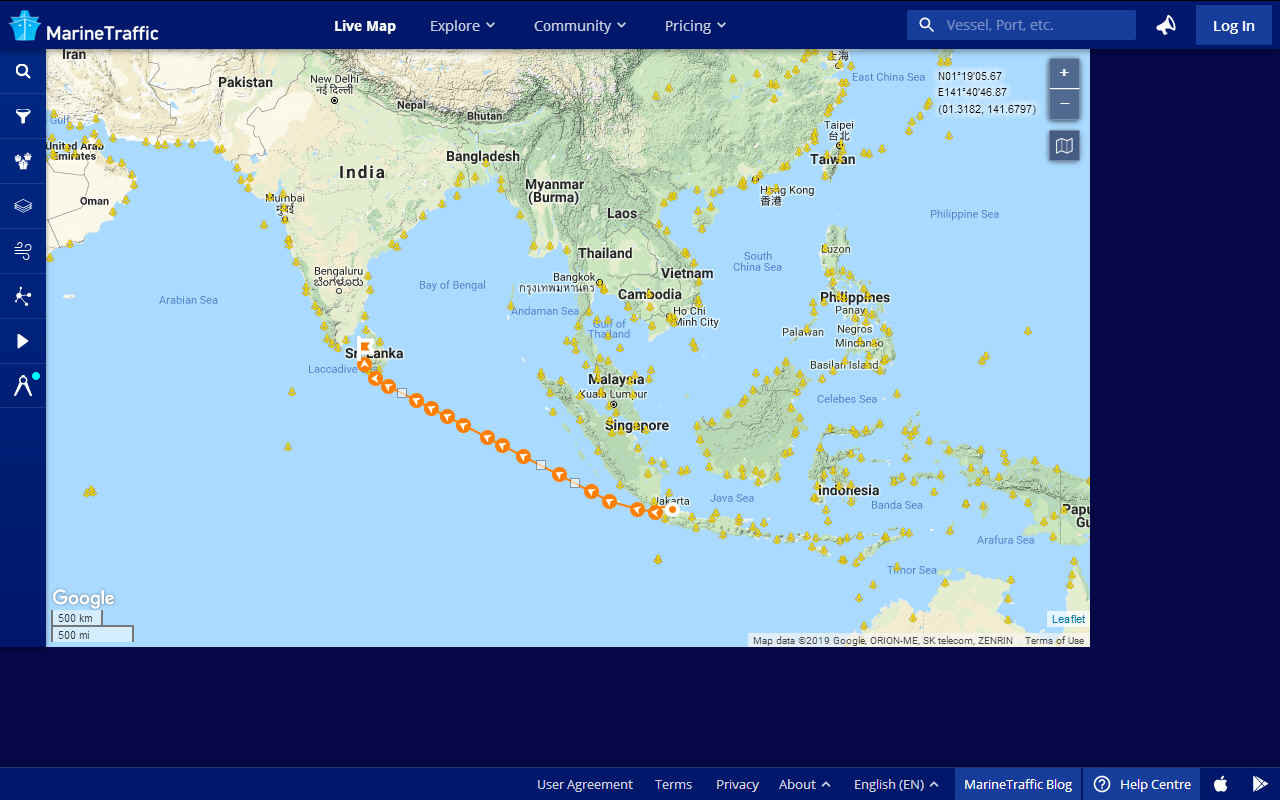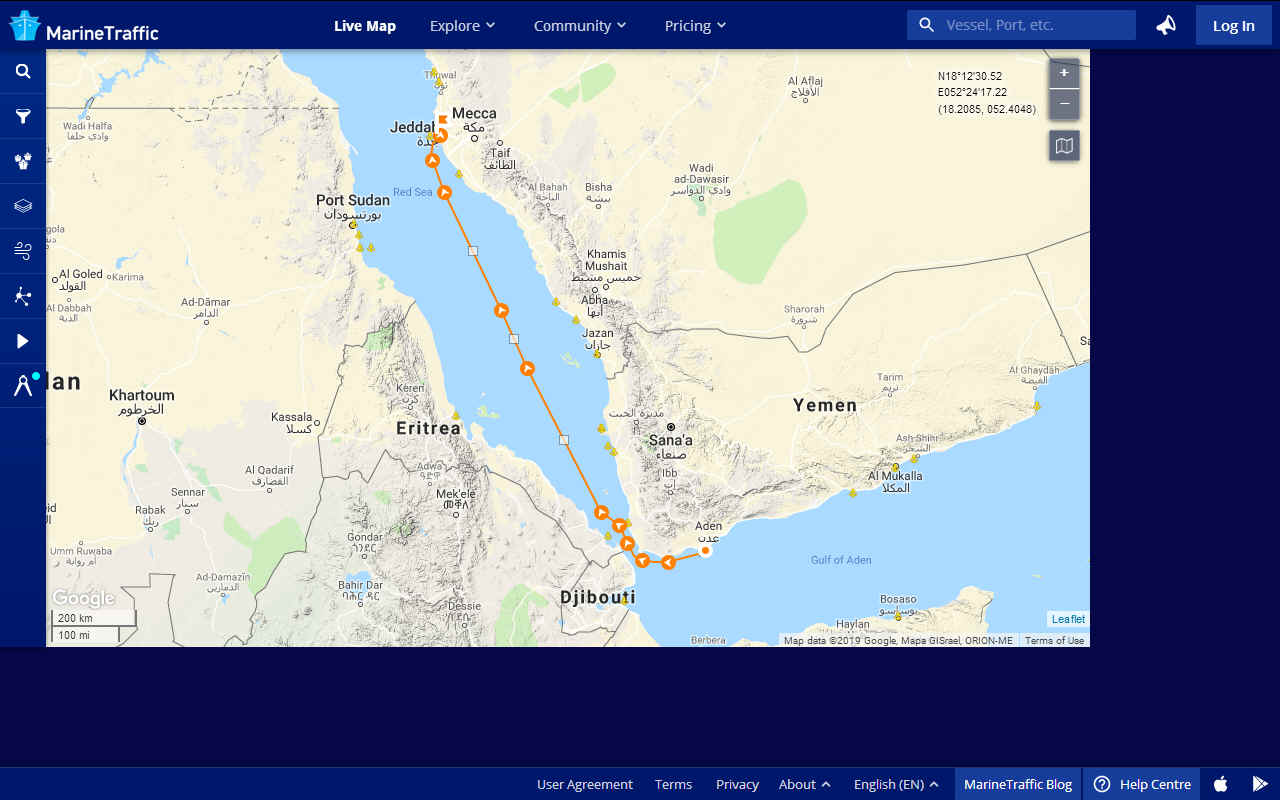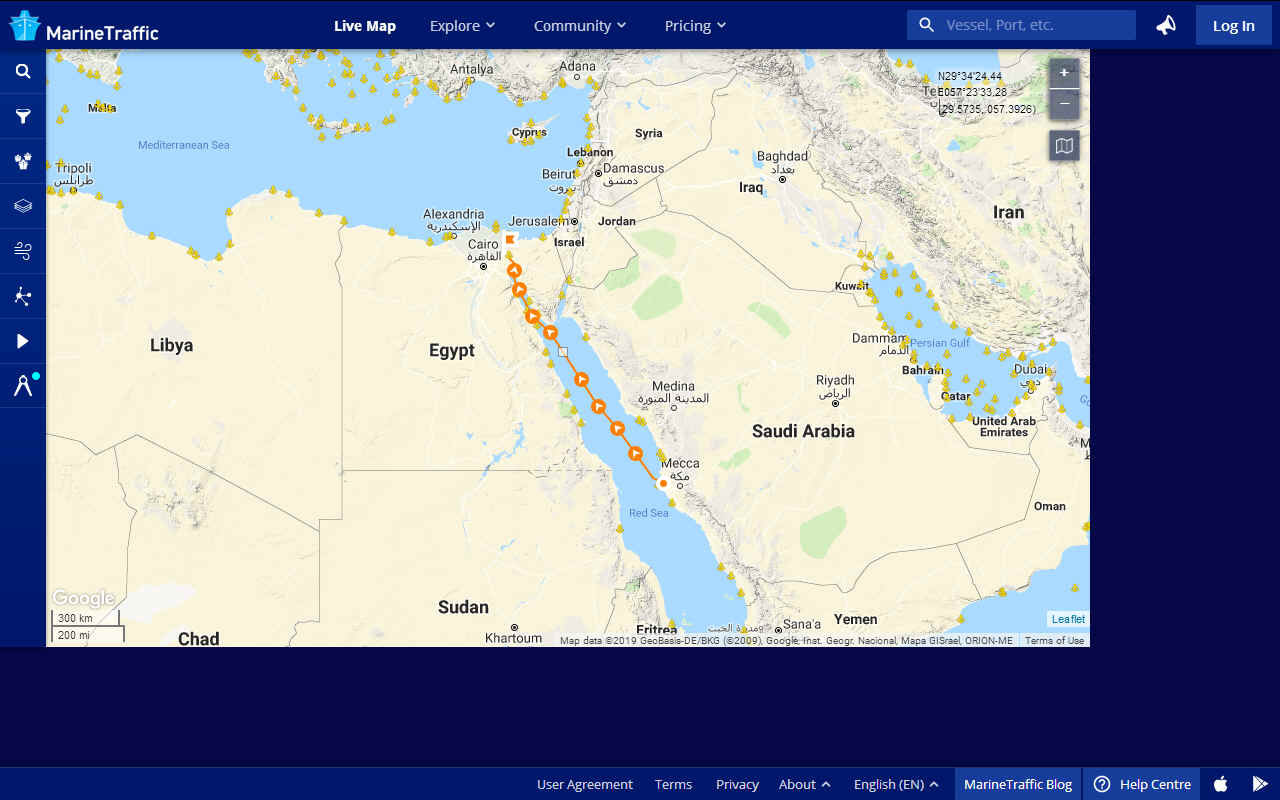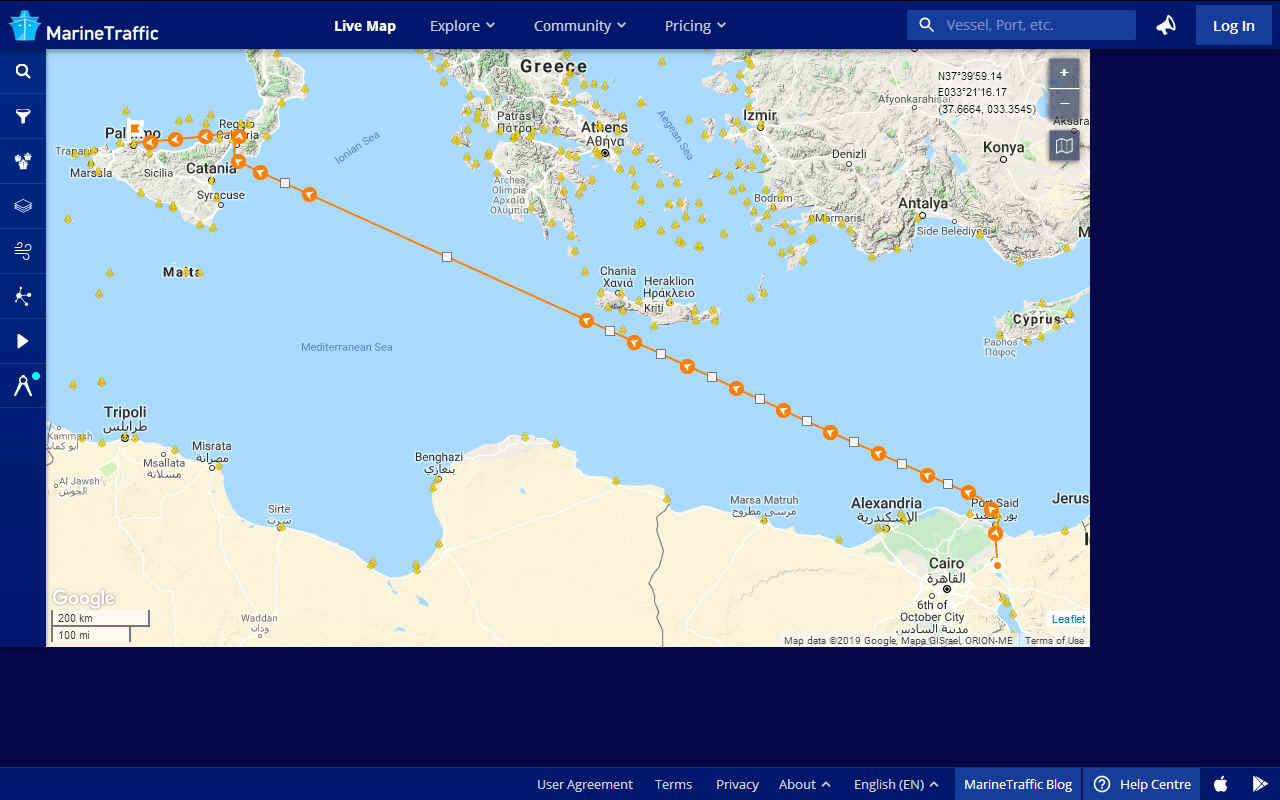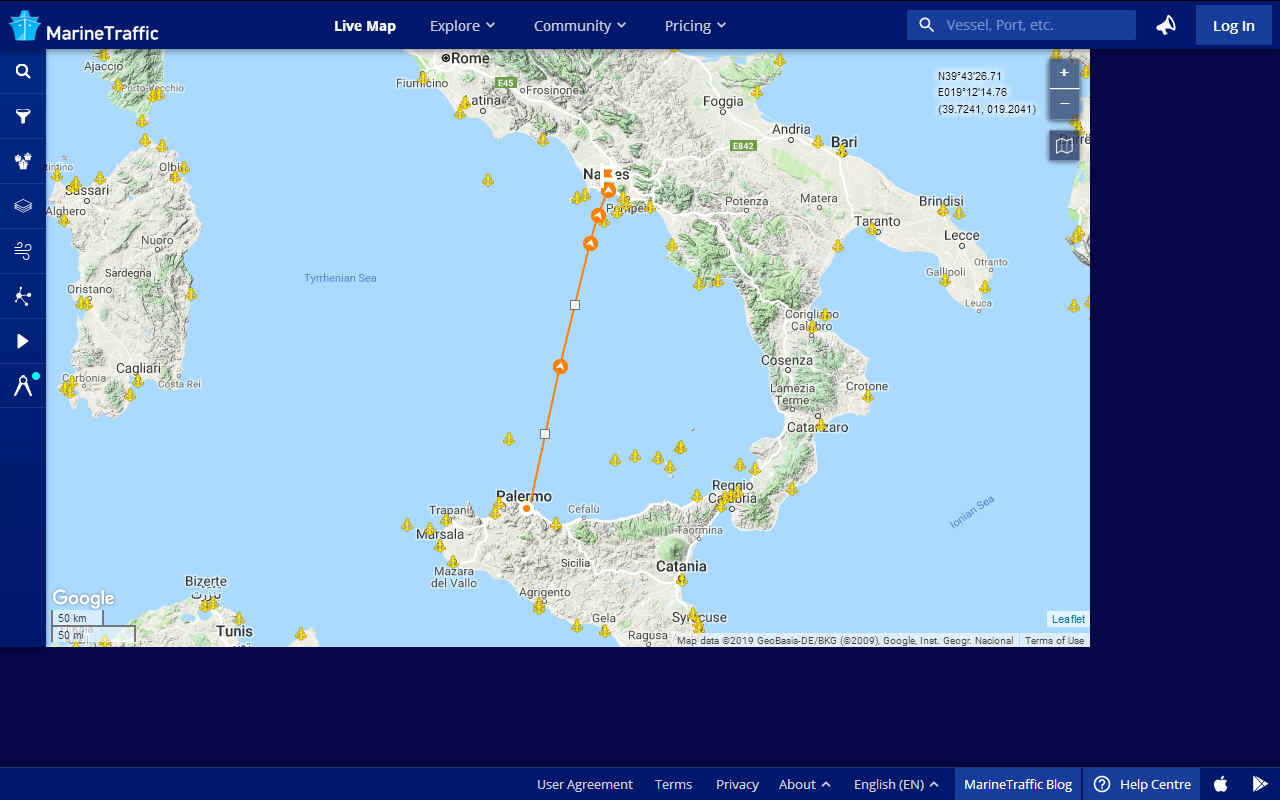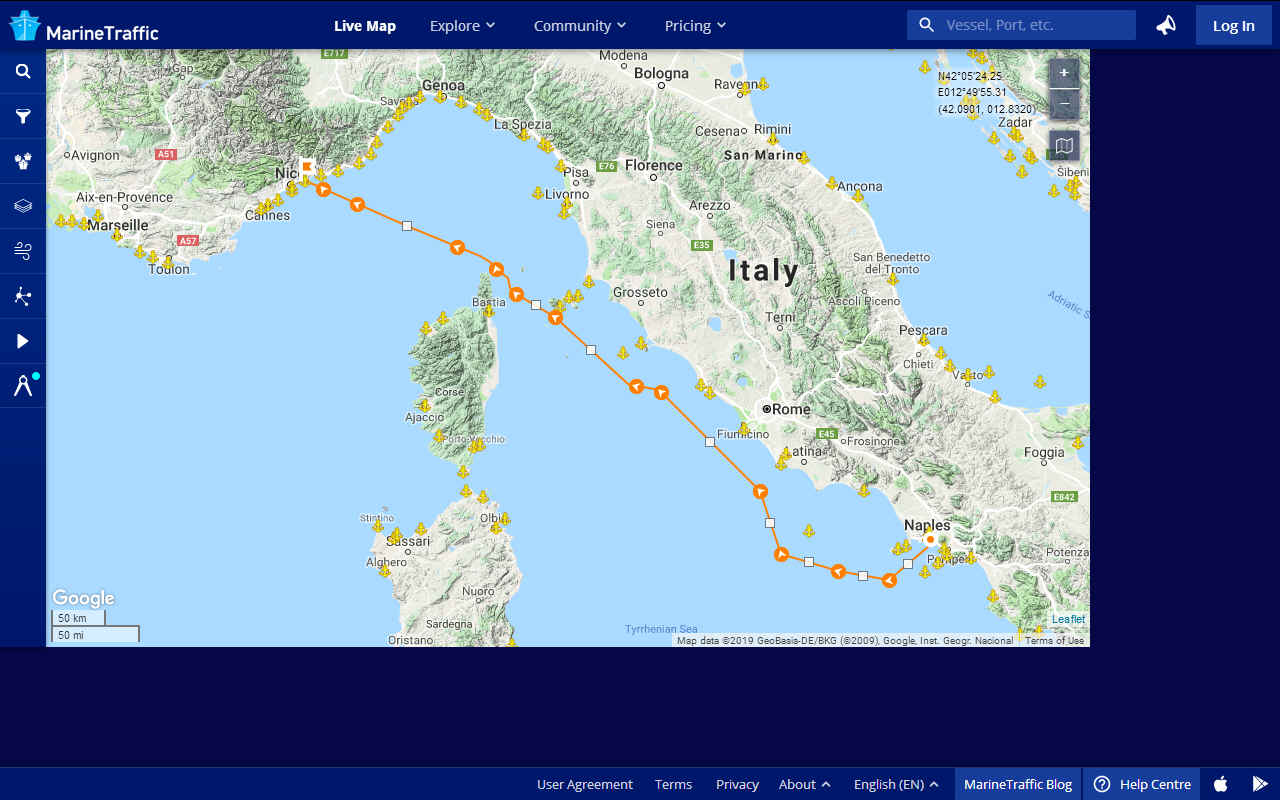|
RECORD TIME ESTIMATOR
Please use our A-Z INDEX to navigate this site, or visit HOME
AVERAGE SPEEDS - The table above tells us that we'd need to be traveling at 18 knots continuously to comfortably circumnavigate the world in under 80 days. This is the fabled Phileas Fogg challenge in the famous novel by Jules Verne.
The Earth's equatorial circumference is 24,901.55 miles or 40,076 km. However, when taking measurements passing through the poles, that distance decreases to 24,859.82 miles. The
nautical mile or knot, is a unit of speed equal to approximately 1.15078
miles per hour on land (1.852 km). In calculations this gives
us a built in safety margin of around 15%.
RECORD HOLDER - On the 4th of May 2012, history was made, as Raphael Domjan, at the helm of a giant of a catamaran powered only by solar panels crossed the finishing line at Monaco to become the first electric boat to sail around the world. MS Tūranor PlanetSolar, known under the project name PlanetSolar, was (@ 2018) the largest solar-powered boat in the world. The vessel was launched on the 31st March 2010, also going into the Guinness Book of World Records with a time of 584 days to better by any contender. The project was mostly financed by Immo Stroeher, the owner of the boat.
This website is provided on a free basis as a public information service. Copyright © Cleaner Oceans Foundation Ltd (COFL) (Company No: 4674774) 2024 Solar Studios, BN271RF, United Kingdom. COFL is a charity without share capital.
|
